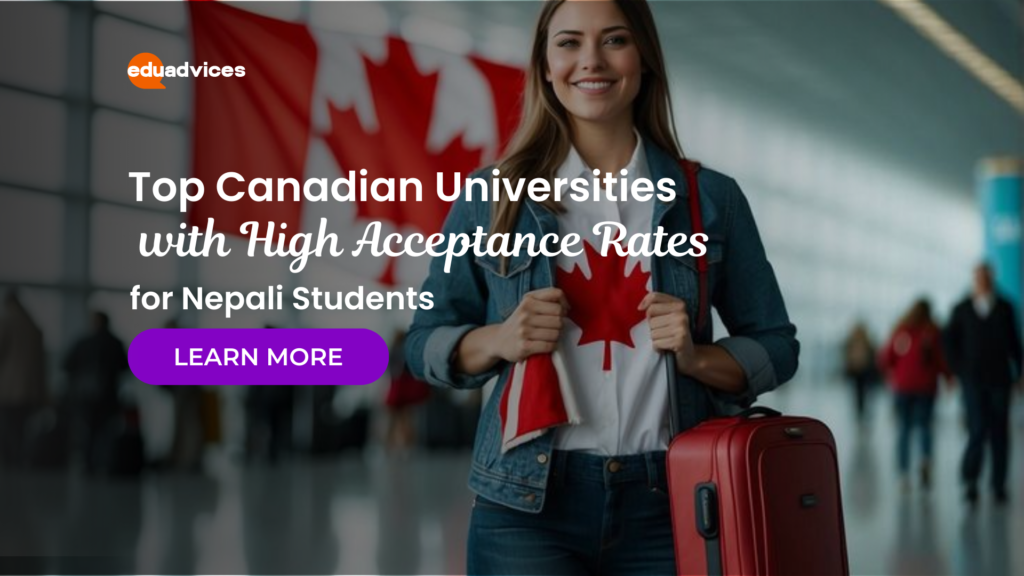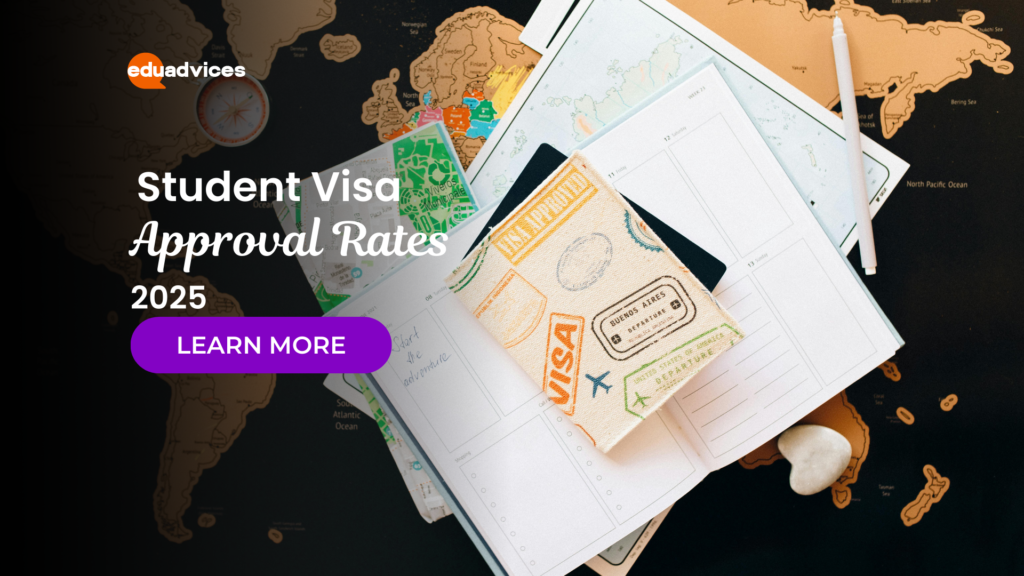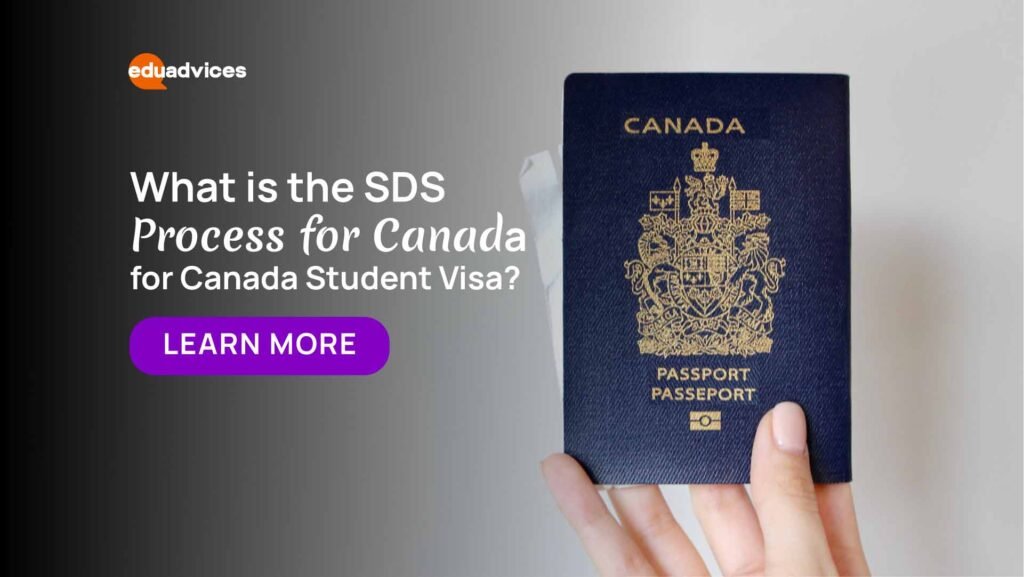Best Universities in the UK for International Students
Many Nepali students have UK education as their ideal goal because it provides both outstanding academic programs and valuable international connections with promising career possibilities. The combination between academic fees and the expenses for daily life presents a major challenge for potential students. Students from Nepal will find suitable options in UK universities who provide valuable education without excessive costs. This blog presents a list of the ten UK universities offering quality education and scholarships along with excellent professional opportunities for Nepali students studying on a budget. Why Study in the UK? British universities attract Nepali students for their higher education because they offer multiple reasons that make the UK an internationally popular study destination. Some of the reasons are: Globally Recognized Degrees: The international community accepts UK university degrees as they serve to boost employment opportunities anywhere in the world. Shorter Course Duration: Undergraduate programs typically last three years, while master’s programs are completed in just one year, reducing tuition costs. Graduate Route Visa: Graduate Route Visa allows international students to stay and work in the United Kingdom for two consecutive years immediately after graduation which produces beneficial work experience. Strong Nepali Student Community: The number of Nepali students in UK universities has expanded considerably so new students find it simpler to adjust. Best Budget-Friendly Universities in the UK for Nepali Students 1. Cardiff Metropolitan University The University of Cardiff Metropolitan stands as an ideal institution for Nepali students who want affordable education alongside promising career opportunities. The institution sits in the Welsh capital and provides students with living expenses that are cheaper than prices found in London and other metropolitan areas. Tuition Fees: £13,500 – £16,500 per year Popular Courses: Business, IT, Hospitality, Health Sciences Scholarships: Vice-Chancellor Scholarship, Global Wales Scholarship 2. University of Essex Students searching for both affordable education at a research-centered institution will find an ideal solution at the University of Essex because of its excellent student satisfaction ratings. Tuition Fees: £15,000 – £18,000 per year Popular Courses: Business, Law, Computer Science, Data Science Scholarships: Essex Global Partner Scholarship, Academic Excellence Scholarship Location: A diverse and international-friendly environment 3. University of Kent Students interested in business and social sciences together with engineering should consider the University of Kent because it provides both superior academic quality and extensive business relationships with industry. Students who study near London benefit from both city-based industrial internships with major corporations and excellent divisional education. Tuition Fees: £15,000 – £18,500 per year Scholarships: Kent Future Student Scholarships, Global Welcome Scholarships 4. De Montfort University Nepali students interested in practical career-oriented education should consider De Montfort University in Leicester since it stands among the top choices for Nepali students. The university delivers exemplary opportunities for students interested in both internships and securing employment positions. Tuition Fees: £14,750 – £16,500 per year Popular Courses: Engineering, Business, Fashion, Media Scholarships: DMU International Scholarship, GREAT Scholarships 5. University of Bedfordshire Foreign students from Nepal find the University of Bedfordshire especially appealing due to its UK price leadership among universities. Tuition Fees: £12,900 – £14,500 per year Popular Courses: Business, Nursing, Sports Science, Media Scholarships: Vice-Chancellor’s International Scholarship, Merit-Based Scholarships Student Support: Strong guidance and career services for international students 6. University of West London Students can receive world-renowned academic programs at the University of West London through fees that remain accessible to most students since the college operates in central London. The location in London gives students open access to professional networking events and potential employment options. Tuition Fees: £13,250 – £17,500 per year Popular Courses: Hospitality, Business, Music, Nursing Scholarships: International Ambassador Scholarship 7. University of Hertfordshire Students from Nepal should consider studying at the University of Hertfordshire since the institution offers programs in law and creative arts and engineering and IT fields. Tuition Fees: £14,500 – £17,000 per year Scholarships: Chancellor’s International Scholarship, Dean’s Scholarship Industry Connections: Partnerships with Airbus, Microsoft, and Tesla 8. University of Northampton People identify Northampton through its programs that focus on employment readiness and its price-friendly structure. Tuition Fees: £13,900 – £16,500 per year Popular Courses: Business, Psychology, Health Sciences, Education Scholarships: International Scholarship Scheme, EU & International Discount Work Placements: Strong focus on internships and job opportunities 9. Coventry University Coventry University maintains positions among UK university leaders for both student satisfaction measurements and graduate career preparedness. Tuition Fees: £15,000 – £18,500 per year Popular Courses: Engineering, Business, Cybersecurity, Healthcare Scholarships: Academic Excellence Scholarship, Coventry University Discounts Reputation: Known for modern facilities and strong research programs 10. Middlesex University The London-based Middlesex University maintains a financial balance that matches its professional advantages. Tuition Fees: £13,000 – £16,000 per year Popular Courses: Business, IT, Media, Health Sciences Scholarships: International Merit Awards, Regional Scholarship Career Support: Excellent job placement programs and industry connections Conclusion Choosing the right university is an important decision for Nepali students planning to study in the UK. The universities listed above offer a combination of affordability, academic excellence, and career prospects, making them ideal choices for international students. To make your study abroad journey more manageable: Apply for Scholarships: Reduce tuition fees through merit-based and need-based scholarships. Consider Cost of Living: Choose universities in cities with lower living costs. Utilize Part-Time Work Opportunities: Earn extra income while studying. If you need guidance on selecting the best university for your needs, reach out to us for expert advice.











